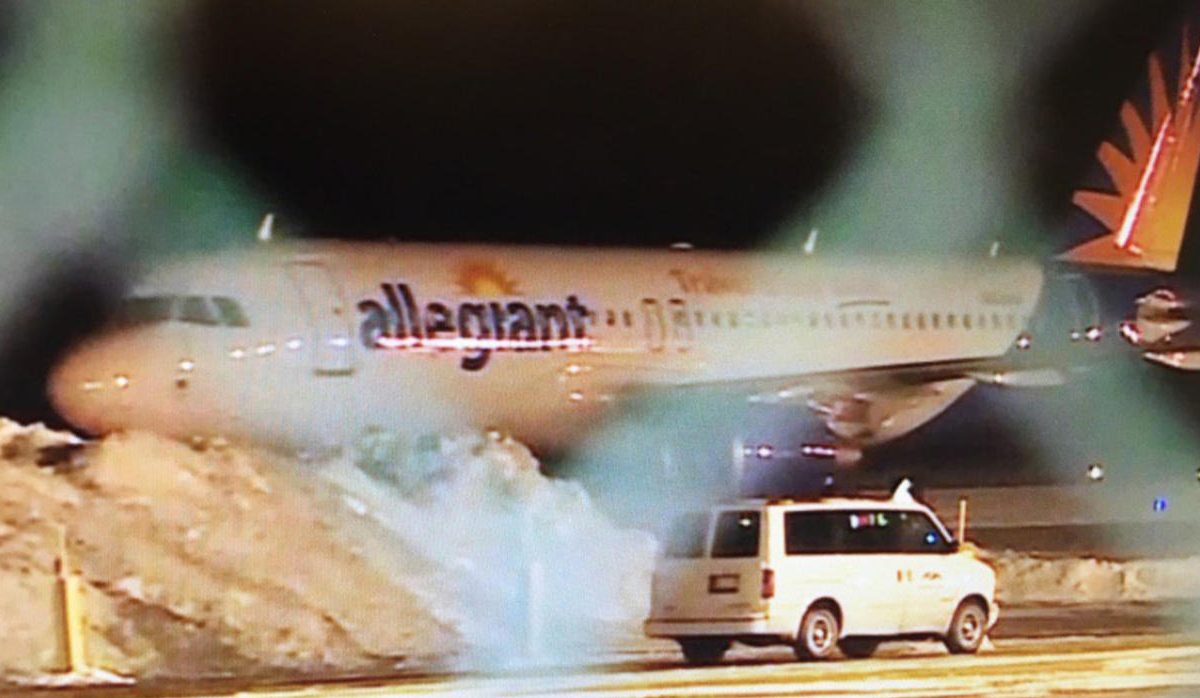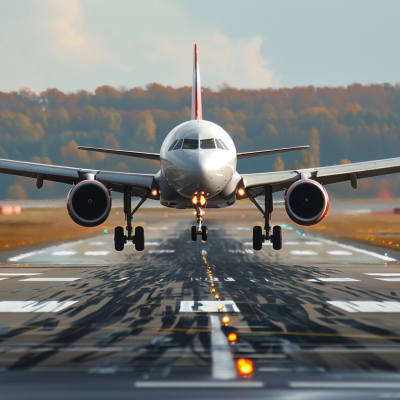“Is Allegiant Airlines safe?” This pressing question guides our critical assessment of Allegiant Airlines, an ultra-low-cost carrier (ULCC) that connects America’s smaller cities to major leisure destinations.
Offering competitive fares to budget-conscious travelers, Allegiant attracts those looking for economical travel options.
However, the airline’s focus on cost-cutting concerns its operational practices and safety protocols.
This article aims to thoroughly examine Allegiant’s safety record by analyzing incident reports, regulatory compliance, and customer feedback.
It will provide a detailed evaluation of the airline’s commitment to passenger safety amidst its cost-efficient operations.
We will investigate the frequency and nature of safety incidents, examine the airline’s compliance with aviation safety regulations, and gauge customer perceptions to offer a comprehensive perspective on Allegiant’s safety standards.
Allegiant Airlines: A Brief Company Overview
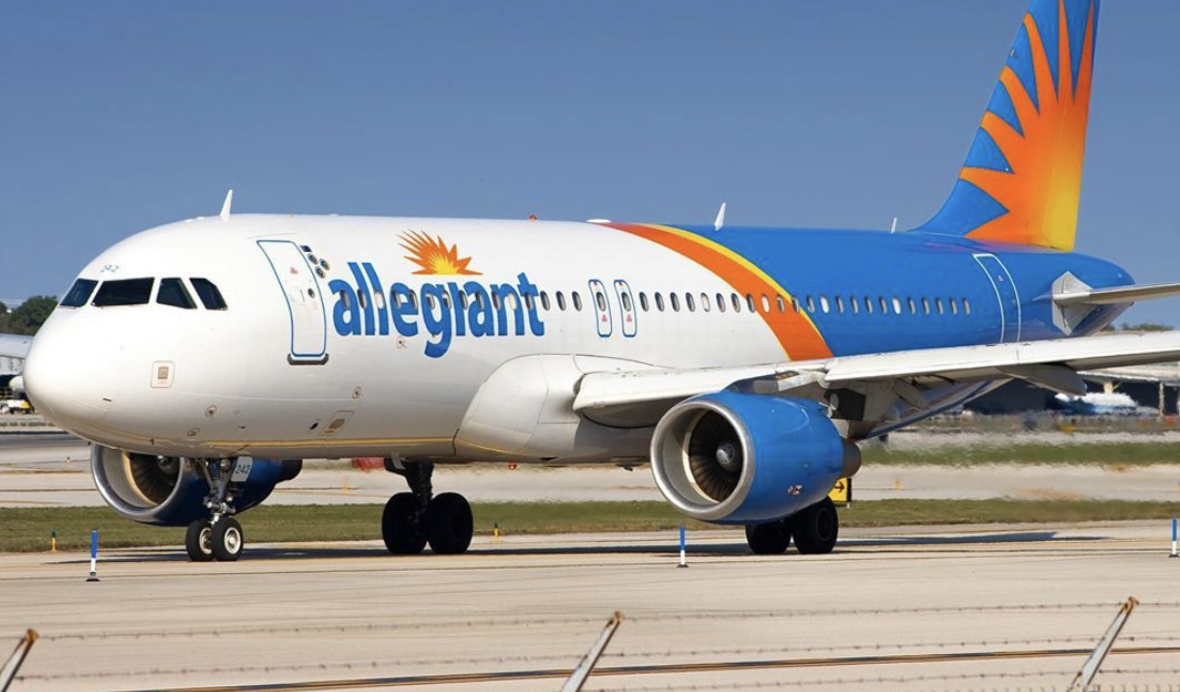
History of Allegiant Airlines
In 1997, Allegiant Airlines began connecting smaller U.S. cities to premier vacation destinations.
The airline commenced operations in 1998 under WestJet Express but quickly rebranded to Allegiant Air.
Since then, Allegiant has experienced significant growth, leveraging its unique business model to carve a niche in the highly competitive airline industry.
Over the years, Allegiant has focused on expanding its network, continuously adding new routes that link underserved markets to popular tourist locales such as Las Vegas, Orlando, and Phoenix.
Business Model and Target Demographic
Allegiant operates as a ULCC, a model that hinges on keeping operating costs to a minimum while offering low base fares to attract price-sensitive travelers.
This strategy is supplemented by additional revenue from ancillary services such as baggage fees, priority boarding, and in-flight purchases.
Allegiant’s primary target demographic includes leisure travelers and budget-conscious families looking for affordable vacation options.
Overview of Fleet Size, Major Hubs, and Range of Destinations
According to the latest data, Allegiant’s fleet consists predominantly of Airbus A320 family aircraft, which have transitioned away from older MD-80 series planes to improve fuel efficiency and reliability.
The airline operates a fleet of approximately 100 aircraft, serving over 120 destinations across the United States.
Unlike traditional hub-and-spoke models larger airlines use, Allegiant operates with several “focus cities,” including Las Vegas, Orlando-Sanford, and St. Petersburg-Clearwater.
These focus cities are strategically selected for their popularity as vacation destinations and capacity to handle high volumes of direct flights from smaller regional airports.
Allegiant Airlines’ Safety Record Analysis
Allegiant Airlines’ safety record has gathered attention due to incidents and regulatory analyses raising questions about its operational safety standards.
This analysis examines Allegiant’s publicly reported safety incidents over the years and examines specific cases highlighting the airline’s safety challenges.
By exploring these elements, we aim to provide a subtle understanding of how Allegiant Airlines balances cost efficiency with the critical imperative of passenger safety.
A Detailed Overview of Publicly Known Incidents and Safety-related Concerns
Allegiant Airlines has been inspected due to several safety incidents that have raised concerns over its operational standards.
These incidents have ranged from emergency landings to issues with aircraft maintenance, drawing attention from the media and regulatory bodies.
Notable among these were the reports from the CBS News “60 Minutes” investigation in 2018, which highlighted a series of safety concerns, including over 100 serious mechanical incidents over two years.
This investigation revealed the frequency of such events compared to other airlines, spotlighting Allegiant’s higher rate of in-flight problems.
What is Wrong with Allegiant’s Safety?
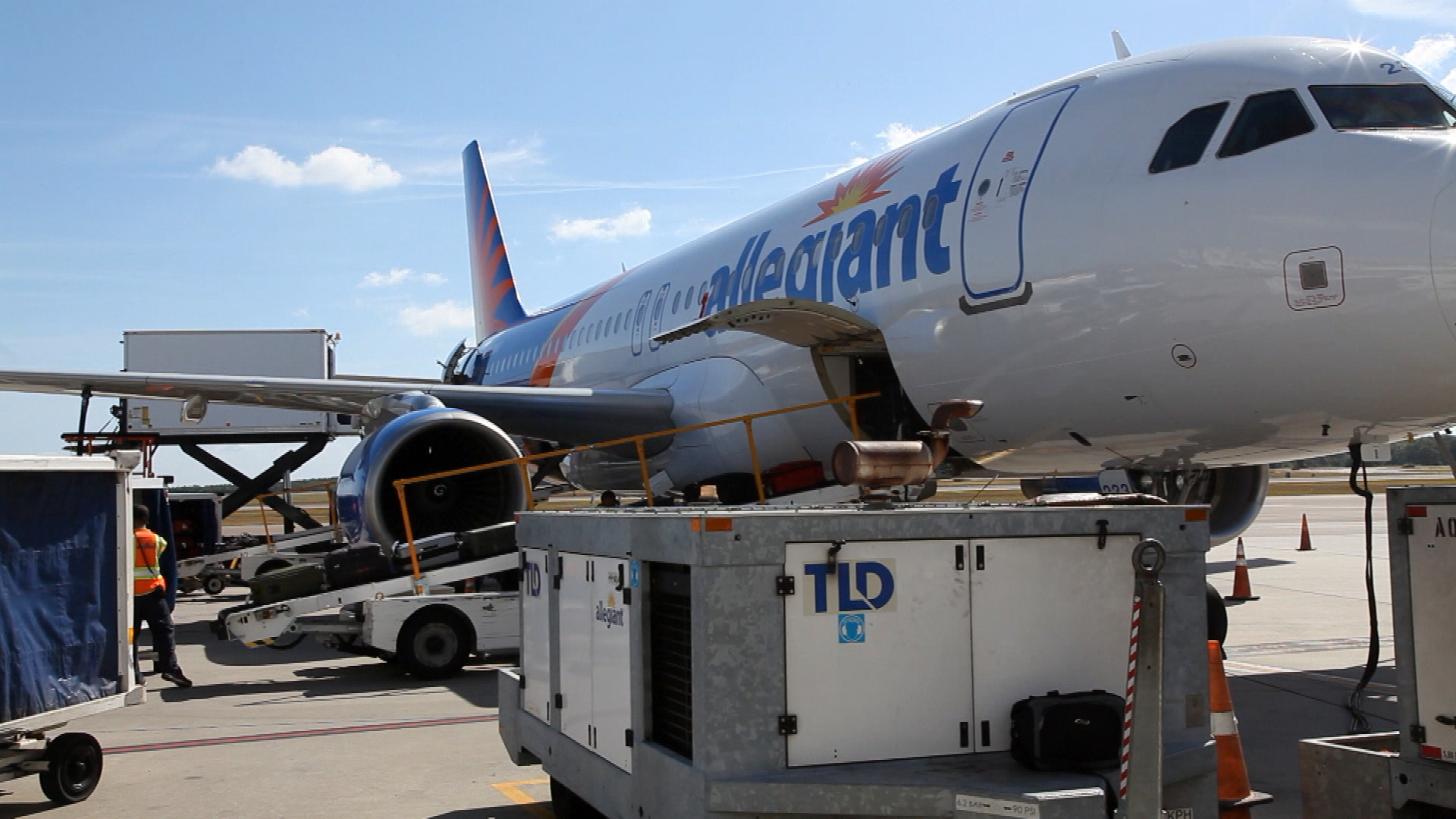
When compared to industry averages, Allegiant’s record shows anomalies.
According to the Federal Aviation Administration (FAA) reports and National Transportation Safety Board (NTSB) data, Allegiant has historically exhibited more safety incidents per number of flights than some of its larger counterparts.
For instance, the Tampa Bay Times analysis revealed that Allegiant’s planes were four times as likely to encounter in-flight failures as other U.S. airlines.
Allegiant offers some of the industry’s most affordable fares and minimal amenities yet operates with an aging fleet.
Nearly 30 percent of its aircraft are outdated, fuel-inefficient McDonnell-Douglas MD-80s, primarily acquired second-hand from international carriers.
Revisiting Common Allegiant’s Incidents in Recent Years
Several specific incidents involving Allegiant Airlines have been widely reported and serve as case studies for examining their safety practices:
- Aborted Takeoff and Unscheduled Landings: On multiple occasions, Allegiant flights have had to abort takeoff or make unscheduled landings due to mechanical issues. For example, in 2015, an Allegiant plane made an emergency landing at St. Pete-Clearwater International Airport shortly after takeoff due to engine trouble.
- Engine Failures and Smoke in the Cabin: There have been reports of engine failures and smoke filling the cabin, leading to emergency descents and landings. These incidents are often attributed to the airline’s aging McDonnell Douglas MD-80 aircraft fleet, which has been phasing out in favor of newer Airbus models.
- Maintenance and Compliance Issues: Allegiant has been criticized for its maintenance practices. In some cases, the FAA has noted lapses in maintenance protocols, though it has also acknowledged that Allegiant has improved in recent years.
Since Allegiant’s safety compromise emerged, CBS News has been evaluating and reviewing the Airline’s reports filed with the FAA in its detailed analysis of its safety management.
These reports were based on the company’s self-declaration owing to the records of problems experienced by their aircraft.
A report published by CBS 2018 found serious anomalies in the entire fleet’s performance.
The report mentioned 100 serious mechanical incidents, including mid-air engine failures, smoke and fumes in the cabin, rapid descents, flight control malfunctions, hydraulic leaks, and aborted takeoffs.
All this extends close to two years, from January 1st, 2016, to October 30th, 2017.
Regulatory Oversight and Compliance
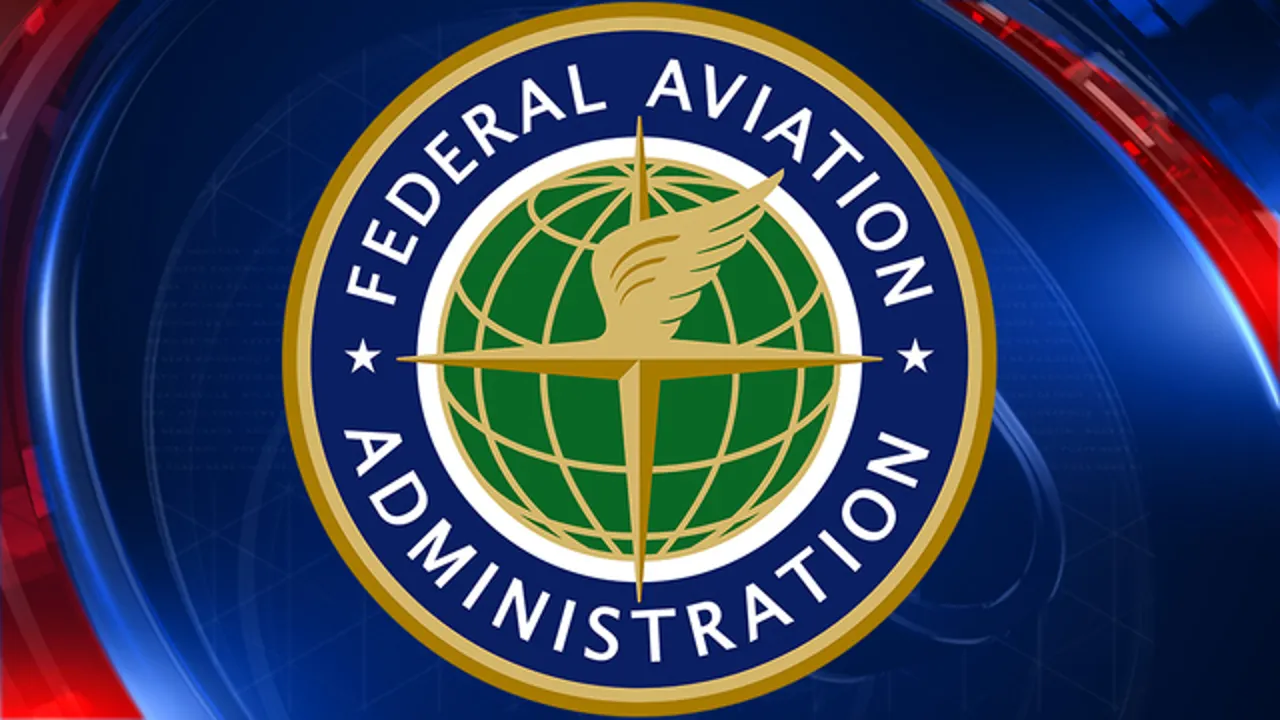
Regulatory oversight and compliance are critical components in the aviation industry, ensuring that airlines like Allegiant operate within the strictest safety standards.
This section explores how Allegiant adheres to FAA regulations, the outcomes of FAA investigations into the airline’s practices, and the airline’s compliance with international safety standards.
By examining these aspects, we can understand Allegiant’s commitment to regulatory requirements and the impact of these regulations on its operations and safety record.
1. Overview of FAA Regulations and How They Apply to Allegiant?
FAA enforces a comprehensive set of regulations designed to ensure the highest levels of safety in the aviation industry.
Adherence to these regulations is mandatory for airlines like Allegiant, which operates within the United States.
The FAA oversees various aspects of airline operations, including aircraft maintenance, crew training, operational practices, and safety protocols.
Like all U.S. airlines, Allegiant must regularly demonstrate compliance through audits, reporting, and on-site inspections.
These rigorous checks help the airline maintain safety standards consistent with federal guidelines.
2. Details of FAA Investigations, Findings, and Actions Taken
Over the years, Allegiant has been the subject of several FAA investigations that have spotlighted the airline’s practices and responses to regulatory investigations.
After several mechanical failures and safety incidents, the FAA thoroughly reviewed Allegiant’s operations.
These investigations often result in recommendations for improvements or, in some cases, mandatory corrective actions.
For example, following reports of multiple in-flight engine failures and other mechanical issues, the FAA heightened its oversight of Allegiant.
This led to more frequent audits and closer monitoring of its aircraft maintenance and operational practices.
Insights from Aviation Experts on Allegiant’s Operational Practices
Aviation experts often inspect Allegiant’s operational practices, focusing on how the airline maintains safety while adhering to a low-cost business model.
Experts have pointed out that Allegiant’s past issues primarily stemmed from an aging fleet and a business strategy that pushed for rapid expansion without proportional enhancements in maintenance and training.
Several aviation experts have flagged this step as essential over time.
It is crucial for minimizing future operational risks and aligning with industry safety norms.
3. Allegiant’s Compliance with International Safety Standards
In addition to domestic regulations, Allegiant must comply with international safety standards, particularly if it operates flights to and from destinations outside the United States.
This includes adherence to the International Civil Aviation Organization (ICAO) standards, which provide global aviation safety, security, and sustainability guidelines.
Allegiant’s compliance with these standards is crucial for maintaining international operating privileges and ensuring passenger safety across all flights.
Regular audits by ICAO and other international bodies assess Allegiant’s alignment with these global norms, helping the airline to benchmark its safety practices against international criteria.
By strictly adhering to both FAA and ICAO standards, Allegiant works to align its operations with the best practices in the industry, aiming to mitigate risks associated with its ultra-low-cost business model.
These regulatory frameworks are pivotal in shaping Allegiant’s safety culture and ensuring its commitment to passenger safety in all operations.
Customer Reviews and Satisfaction Ratings
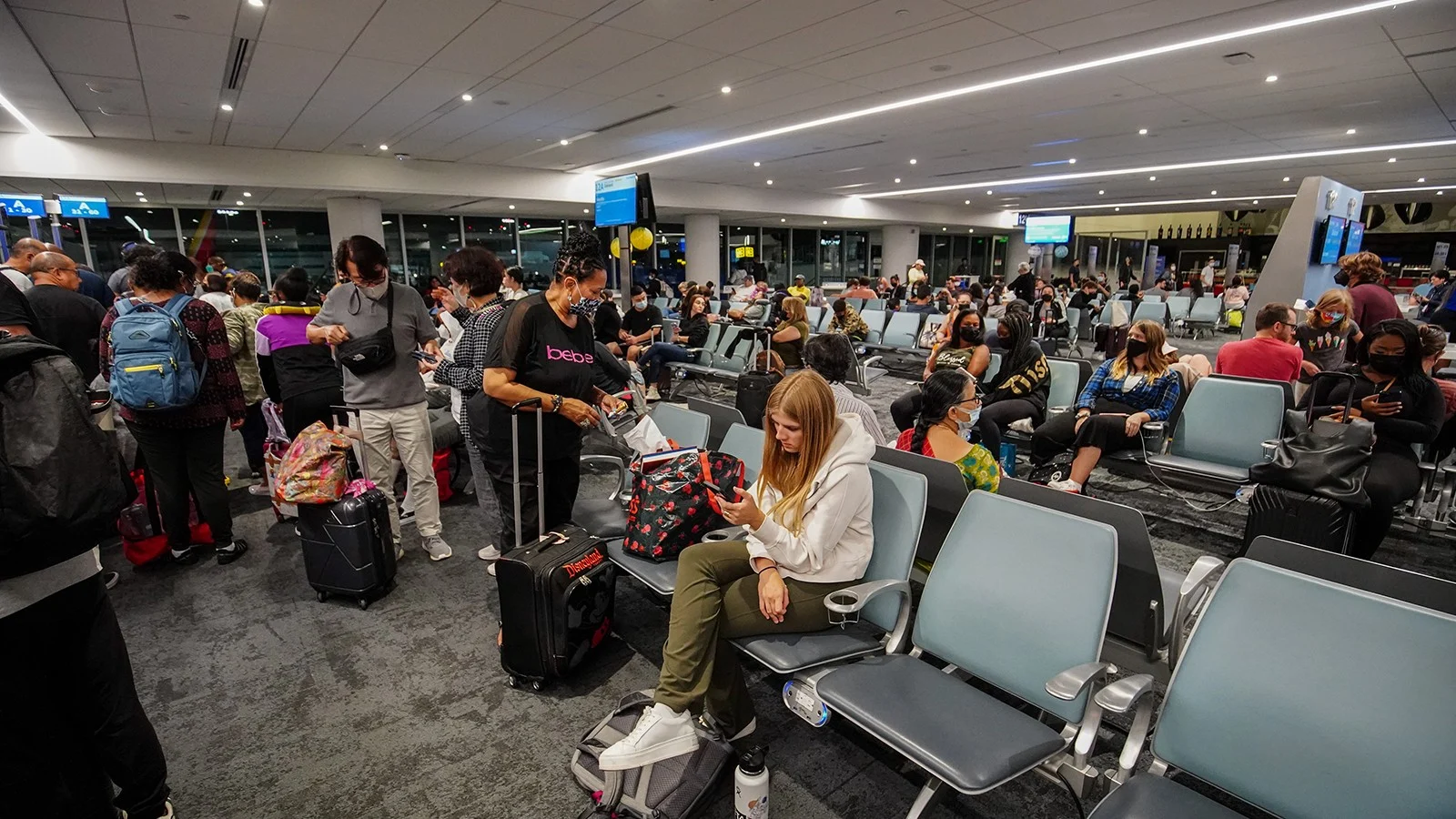
Consumer feedback and satisfaction are pivotal indicators of an airline’s service quality and operational success.
Additionally, we examine the impact of Allegiant’s safety record on consumer trust and the company’s overall reputation, revealing how passenger perceptions influence the airline’s market standing.
Analysis of these metrics generally reveals a mixed sentiment among travelers.
While some passengers appreciate the airline’s affordable ticket prices and convenient routes, others express dissatisfaction with customer service, flight delays, and additional fees.
Sites like Skytrax and TripAdvisor feature a wide range of Allegiant customer reviews, showing average to below-average satisfaction ratings compared to industry standards.
These reviews often highlight the trade-offs of choosing a budget carrier, where lower prices may be accompanied by less consistent service quality.
Common Response from Travelers and First-hand Experience on Board
Among the common praises, passengers frequently commend Allegiant for its low fares and nonstop service to underserved airports, significantly reducing time and cost for certain destinations.
Conversely, the most common complaints often relate to the airline’s operational reliability.
Customers report frustrations over unexpected delays, frequent cancellations, and last-minute gate changes.
Additionally, Allegiant’s strict baggage policy and charges for basic amenities are often criticized by travelers who feel that these practices are not always transparent or communicated effectively during booking.
Additionally, Allegiant has many dissatisfied passengers eager to discuss their distressing experiences.
In a conversation with CBS News, the travelers narrated their first-hand onboard experience due to the airline’s technical failures over time.
A passenger named Dan Mannheim, who was on one such flight that underwent a similar failure with Allegiant, said, “People are screaming. The stewardess is running up and down the aisles.”
Another passenger, Chris, explained how smoke started pouring in from all the vents and filling the cabin.
Media Revelations and Aftermath
The general reputation of Allegiant Airlines has been impacted by its safety record.
High-profile media reports and safety warnings, including the “60 Minutes” probe, have raised public concerns especially.
Due to these reports, some dedicated and potential clients have reexamined their readiness to book flights with Allegiant, prompting further investigations.
In 2018, Allegiant’s stock price dropped over 3%, reaching approximately $151 per share. A Wall Street analyst suggested that a recent CBS report might negatively impact the airline’s financial performance.
In response, the airline has repeatedly endeavored to reinforce its commitment to safety through increased communication about enhancements to its maintenance practices and operational adjustments.
Despite these efforts, restoring passenger confidence remains a challenge, and the airline’s reputation continues to be shaped by past incidents and its responses to them.
Expert Opinions on Allegiant Airline
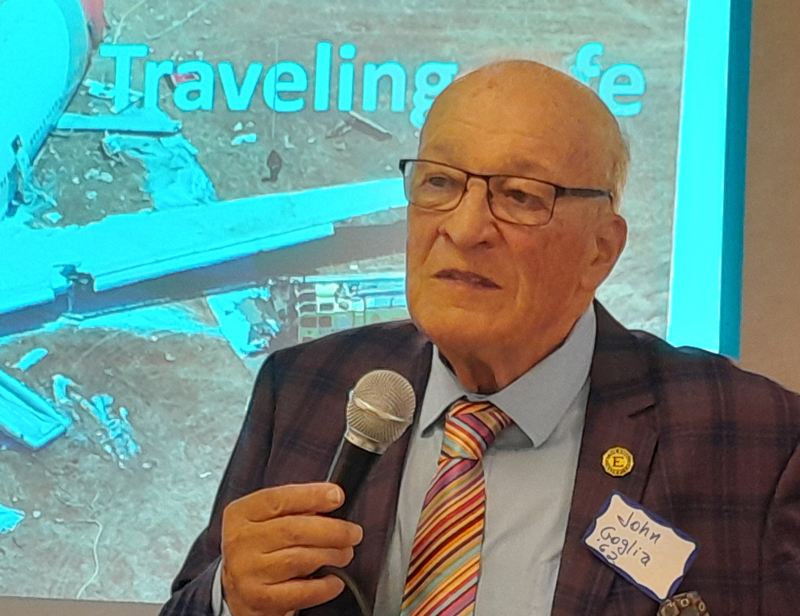
In assessing Allegiant Airlines’ safety practices, insights from aviation experts provide a crucial perspective on how the carrier compares to industry standards and practices.
John Goglia, who has over 40 years of experience in the aviation industry and was a member of the National Transportation Safety Board, shared profound concerns regarding Allegiant Air’s safety practices in his interview with Steve Kroft in 2018.
While discussing the problems Allegiant Airlines has been facing, according to the official reports by the FAA, he mentioned that something significant is going on with Allegiant and needs to be addressed.
Furthermore, when asked about Allegiant’s 60 unscheduled landings and 46 in-flight emergencies, is that common for an airline of this size?
Goglia added that it’s very high for an airline of this size. He said, “I don’t like to compare, but we’ve seen it happen in airlines that aren’t around anymore because they had a lot of accidents and people died.” I don’t want us to go down that same path.”
When asked whether he would fly on Allegiant Airlines as a former member of the NTSB, Goglia replied that he had encouraged his family, friends, and himself not to fly on Allegiant.
In addition, Leonard Bond, an aerospace engineer at Iowa State University and director of the Center for Nondestructive Evaluation, expressed serious concerns about flying with Allegiant Air.
Following a critical “60 Minutes” report on the carrier’s safety practices, Bond stated he would not fly with Allegiant. There does appear to be a problem.
The numbers seem to suggest that. His center studies the safety of various structures, including aircraft.
Bond, who also serves as a professor of aerospace and mechanical engineering, explained his preference for flying with mainline carriers such as Delta and United, which are known for their modern fleets and stronger safety reputations.
He noted that most consumers often overlook airlines’ safety records, highlighting a general lack of awareness about the potential risks associated with older, less rigorously maintained aircraft like those in Allegiant’s fleet.
Safety Standards: Allegiant against Other Low-Cost Carriers
Compared with other low-cost carriers (LCCs), Allegiant’s safety practices and incident rates have historically been a point of contention.
In 2018, the CBS report revealed that the airline experienced mid-air breakdowns at a rate “nearly three-and-a-half times higher” than that of major carriers such as American, United, Delta, JetBlue, and Spirit.
These airlines invest heavily in crew training, maintenance, and customer service, balancing cost reductions with safety and reliability.
An analysis by aviation safety databases and FAA reports shows that while all LCCs strive to minimize operational costs, the extent and methodology of cost-cutting strategies can significantly impact safety outcomes.
What Does the Airline Have to Say?
At that time, the CEO, Maurice Gallagher, stated that Allegiant Airlines was proud of its strong safety record. He mentioned the FAA and profoundly suggested, “Safety is at the forefront of our minds and the core of all our operations.”
As the news aired by CBS 60 Minutes went viral, Capt. In the past, Eric Gust, Allegiant’s vice president of operations, issued a statement mentioning that the story was outdated and that there had been some misunderstanding with it.
Also, he made a clear statement to the customers, saying that he was outraged to hear CBS 60 Minutes’ misleading story and that the allegiant’s prime concern is safety from now on.
Conclusion
Allegiant Air’s safety record raises serious concerns that passengers and regulators cannot ignore.
From aging planes to alarming mechanical failures, the airline’s operational strategies have contributed to incidents that stand out in an industry where safety is paramount.
While Allegiant insists it never cuts corners on maintenance or safety, expert opinions and comparative data suggest otherwise.
As the airline works to modernize its fleet and improve its practices, it must prioritize transparency and accountability to rebuild public trust.
Ultimately, the flying public deserves confidence that their chosen airline will always get them to their destination safely.
It’s up to Allegiant to prove it can meet that basic expectation. Travelers should closely examine Allegiant’s track record before booking their next flight.


